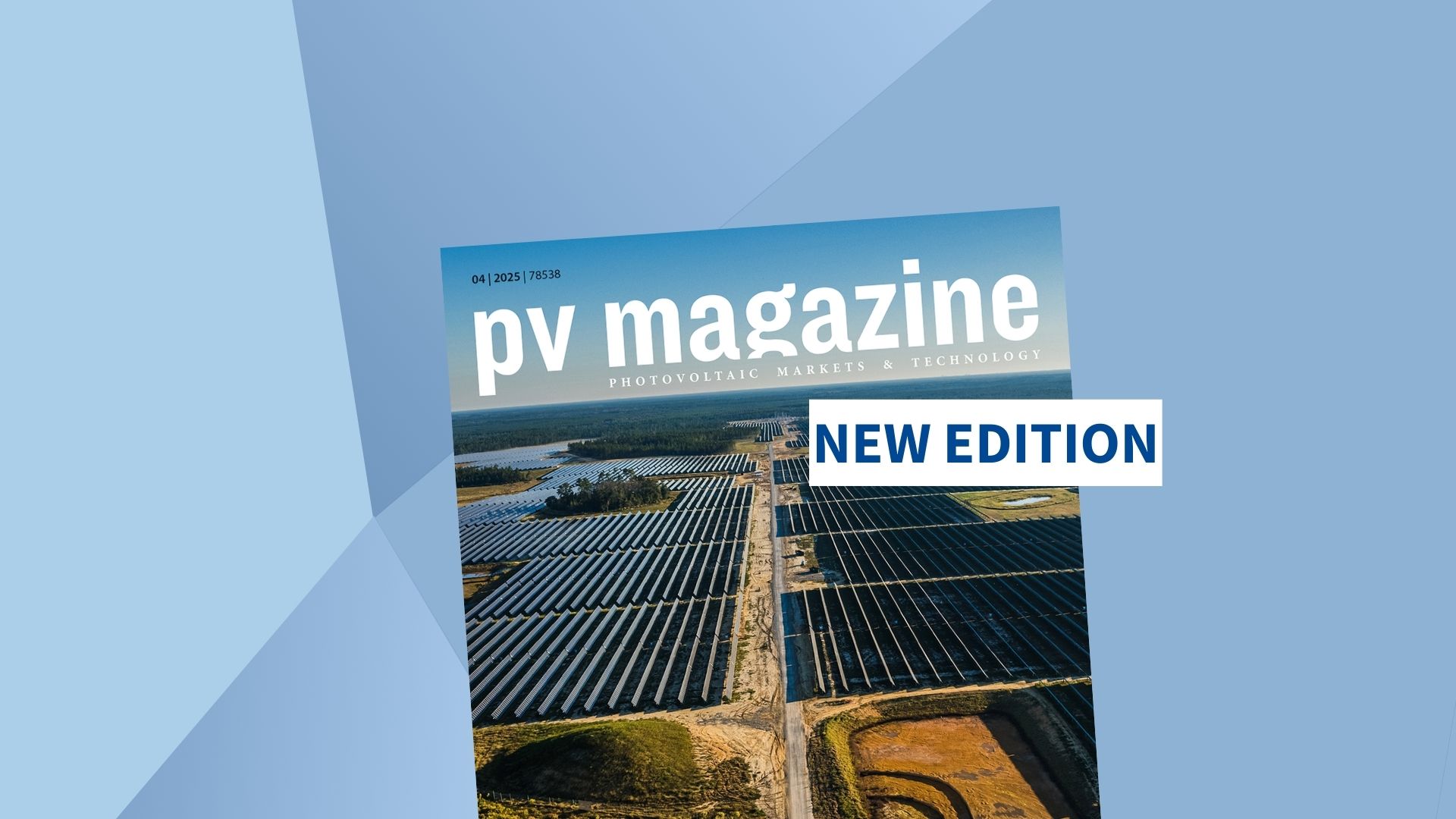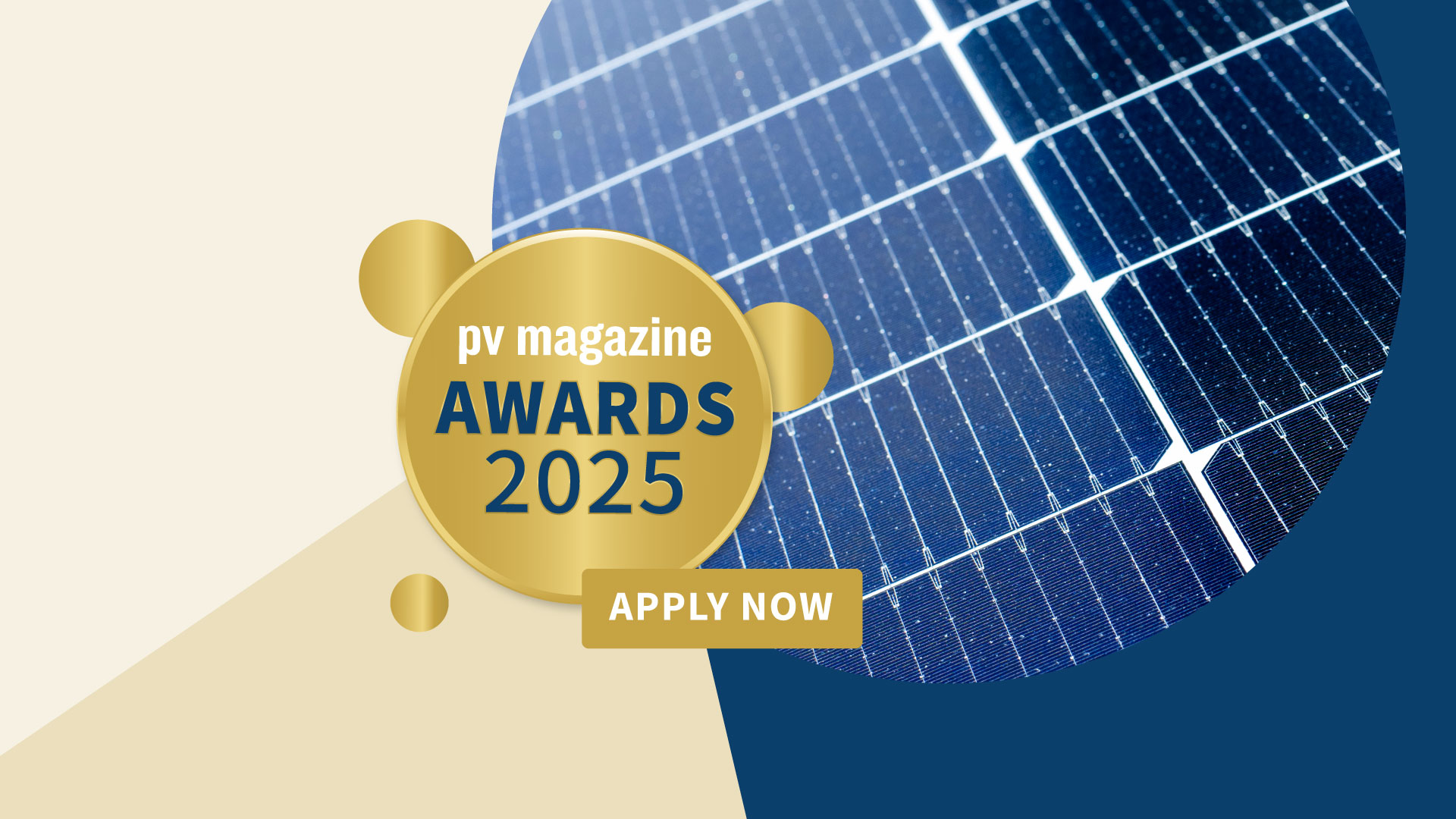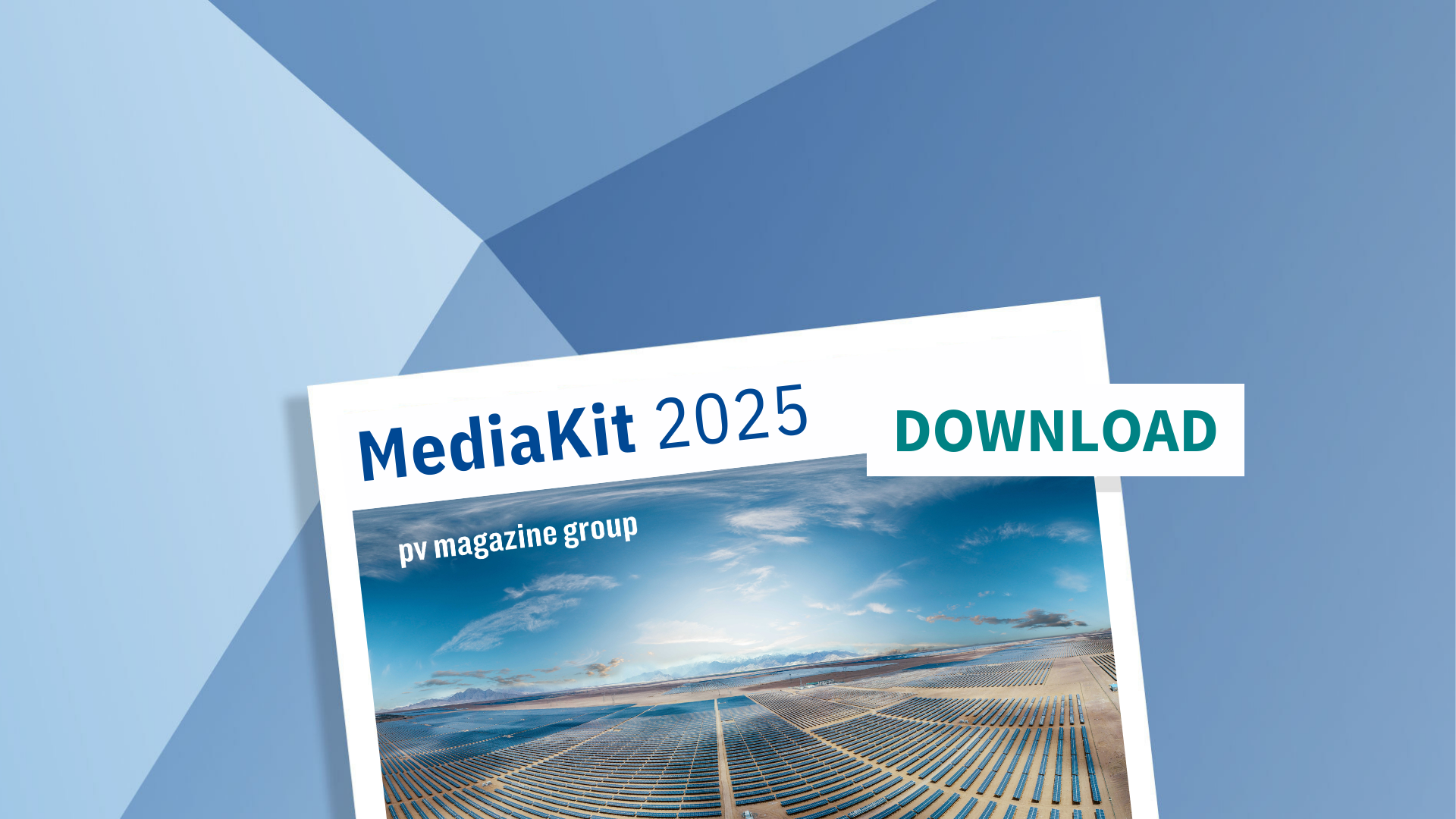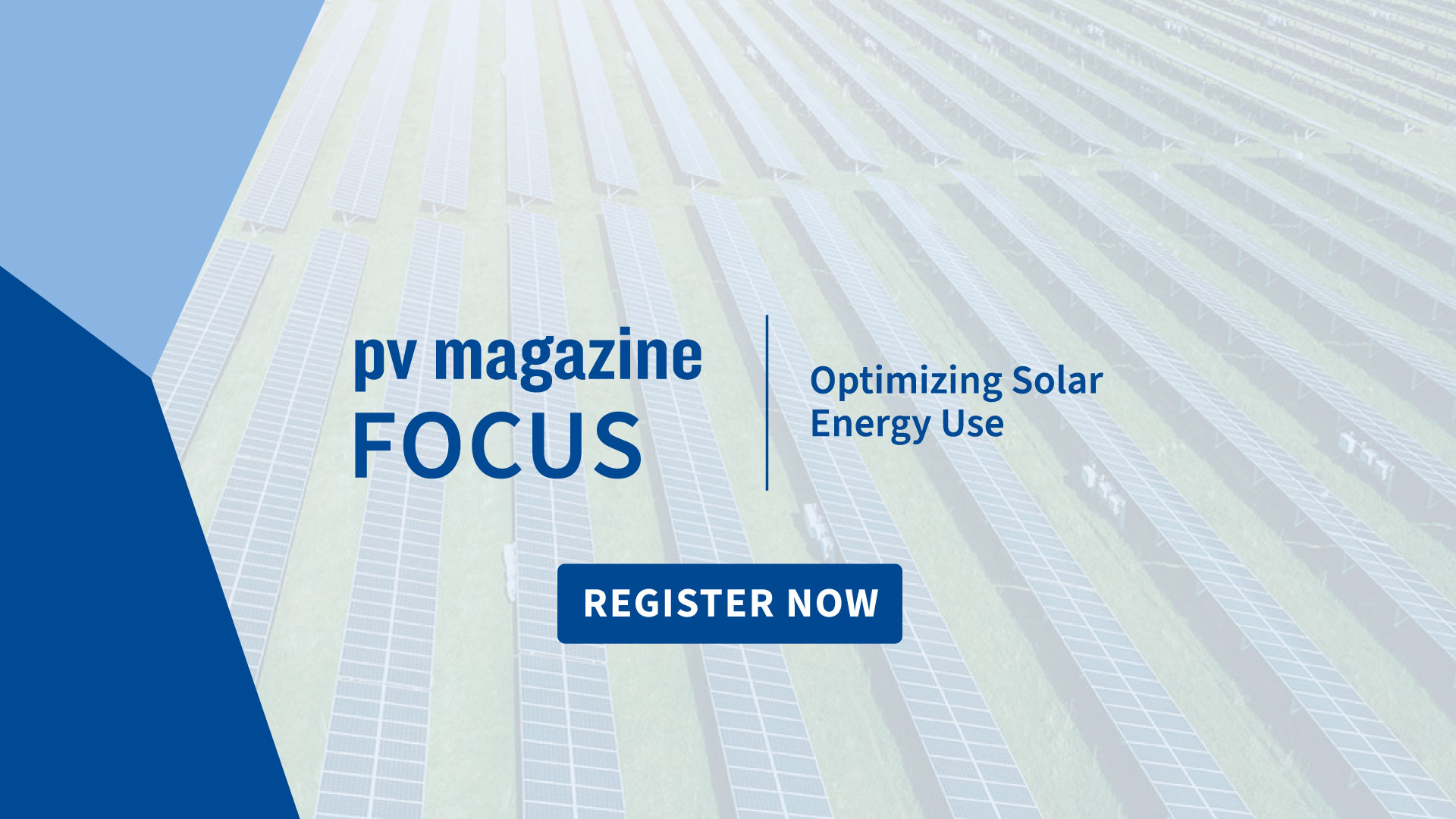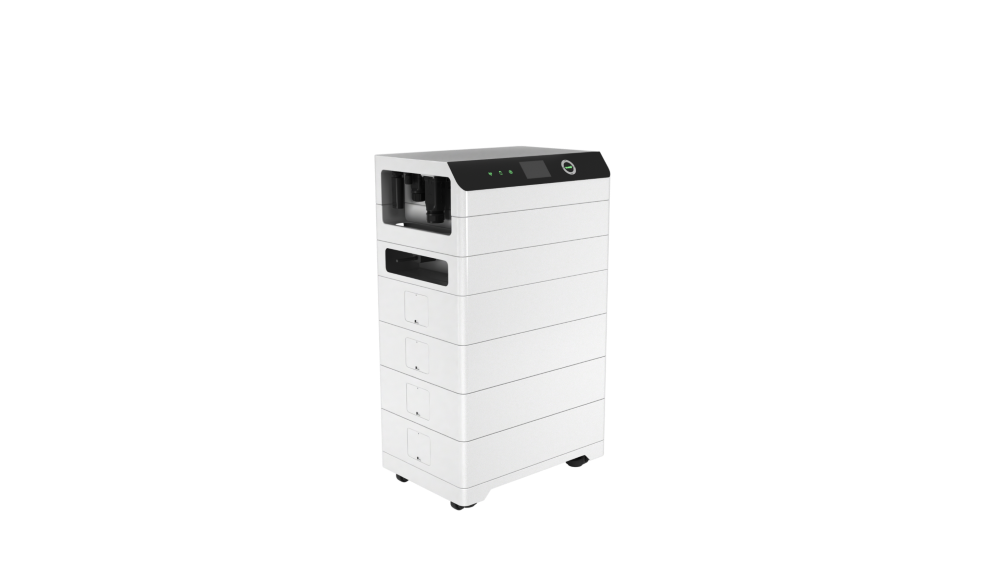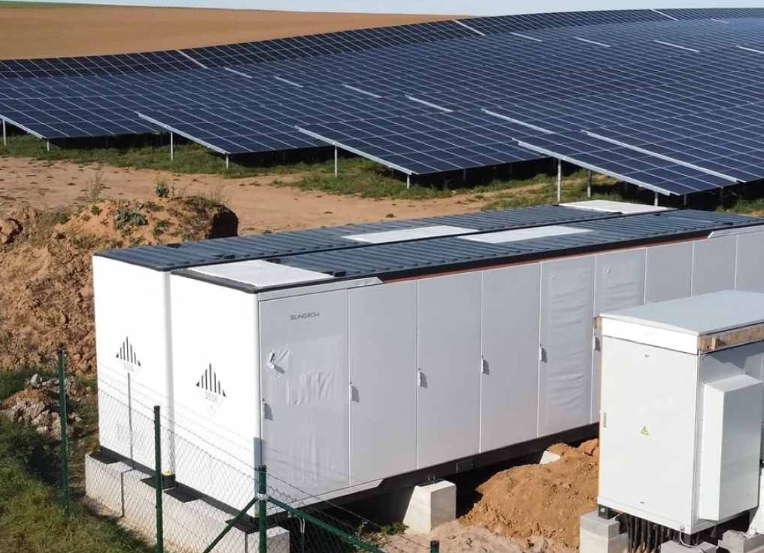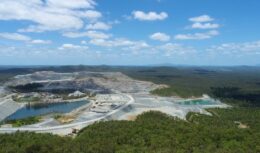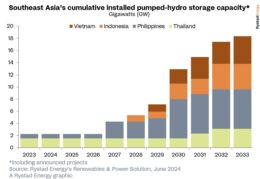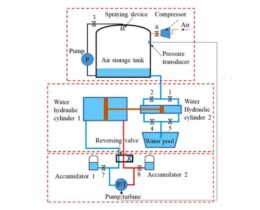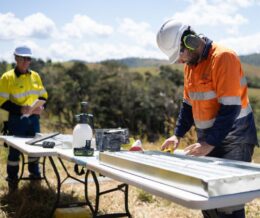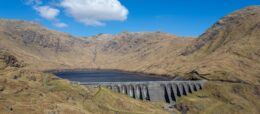Using micro pumped hydro, solar to solve Med irrigation shortages
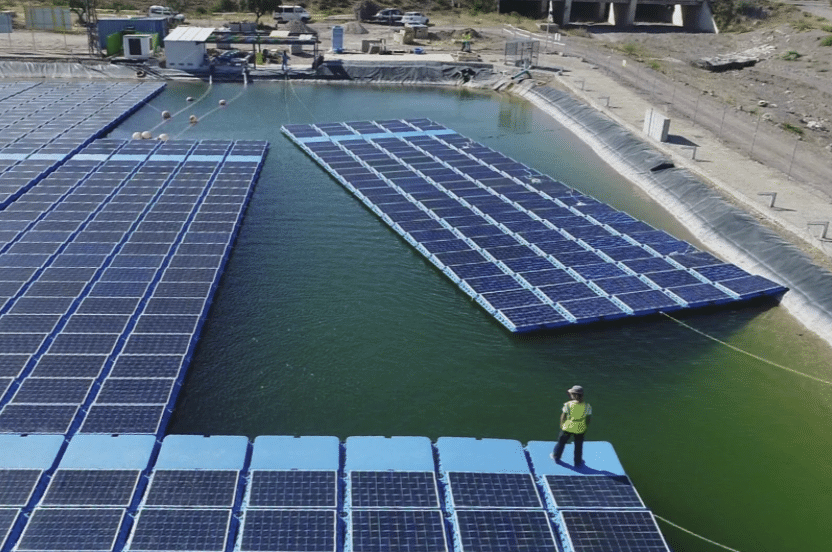
Spanish scientists have developed and tested a strategy to eliminate the discharge of wastewater into the sea while increasing the water resources available to meet growing demand for irrigation systems in areas affected by drought.
The approach proposes the development of a tool for forecasting water demand, the generation of renewable energy, management of a pumping system, and an osmosis process to produce agriculture-ready irrigation water from wastewater.
The system would feature solar-powered water pumping, powered by floating panels, plus micro-hydroelectric generation with potential-energy storage in raised ponds. A similar system has been used in a case study in Alicante and the authors of the strategy say it could be used in other irrigation-reliant communities in coastal areas equipped with water purification systems.
In Alicante, 16.7 cubic hectometers (hm3) of treated water is used in irrigation communities facing a water deficit.
The system is outlined in “Zero discharge: An optimized strategy to improve the hydric deficit in the Mediterranean area by pumped hydro storage. Case study of Alicante, Spain,” published in Agricultural Water Management. The system guarantees irrigation water supply and accounts for fluctuations in agricultural demand by using 15 MW of solar generation capacity.
The energy needed for distribution of the irrigation water, and to power the osmosis-based water treatment, comes from hydroelectric pumping reservoirs.
“The research represents an important step in advancing the sustainability of irrigation systems through the implementation of regenerated wastewater systems,” the scientists behind the paper explained.
The system can adapt the salinity of the water being supplied from wastewater treatment plants, say its developers, and can periodically evaluate how the set-up responds to changing irrigation demand, all in an approach which ensures net-zero use of grid electricity.
From pv magazine Spain.


